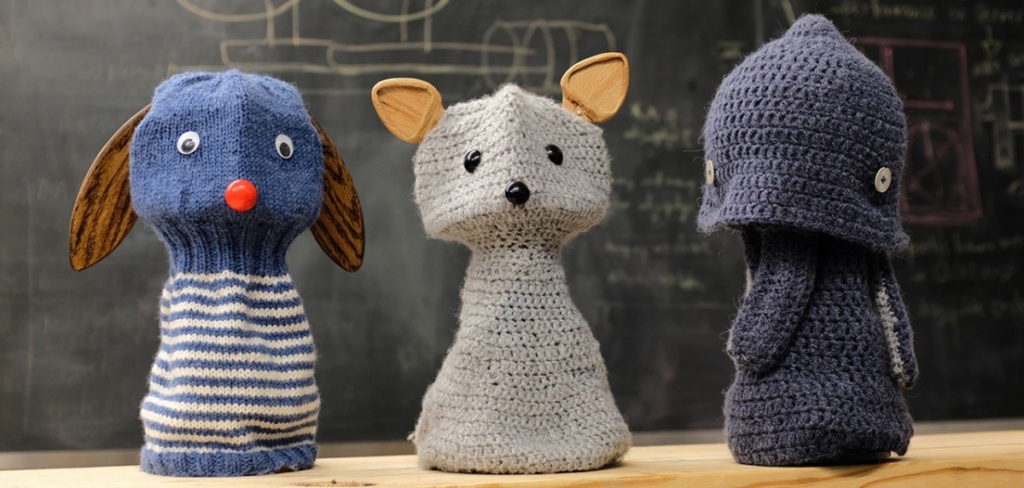模型:
eugenesiow/bart-paraphrase
 中文
中文BART Paraphrase Model (Large)
A large BART seq2seq (text2text generation) model fine-tuned on 3 paraphrase datasets.
Model description
The BART model was proposed in BART: Denoising Sequence-to-Sequence Pre-training for Natural Language Generation, Translation, and Comprehension by Lewis et al. (2019).
- Bart uses a standard seq2seq/machine translation architecture with a bidirectional encoder (like BERT) and a left-to-right decoder (like GPT).
- The pretraining task involves randomly shuffling the order of the original sentences and a novel in-filling scheme, where spans of text are replaced with a single mask token.
- BART is particularly effective when fine tuned for text generation. This model is fine-tuned on 3 paraphrase datasets (Quora, PAWS and MSR paraphrase corpus).
The original BART code is from this repository .
Intended uses & limitations
You can use the pre-trained model for paraphrasing an input sentence.
How to use
import torch
from transformers import BartForConditionalGeneration, BartTokenizer
input_sentence = "They were there to enjoy us and they were there to pray for us."
model = BartForConditionalGeneration.from_pretrained('eugenesiow/bart-paraphrase')
device = torch.device("cuda" if torch.cuda.is_available() else "cpu")
model = model.to(device)
tokenizer = BartTokenizer.from_pretrained('eugenesiow/bart-paraphrase')
batch = tokenizer(input_sentence, return_tensors='pt')
generated_ids = model.generate(batch['input_ids'])
generated_sentence = tokenizer.batch_decode(generated_ids, skip_special_tokens=True)
print(generated_sentence)
Output
['They were there to enjoy us and to pray for us.']
Training data
The model was fine-tuned on a pretrained facebook/bart-large , using the Quora , PAWS and MSR paraphrase corpus .
Training procedure
We follow the training procedure provided in the simpletransformers seq2seq example .
BibTeX entry and citation info
@misc{lewis2019bart,
title={BART: Denoising Sequence-to-Sequence Pre-training for Natural Language Generation, Translation, and Comprehension},
author={Mike Lewis and Yinhan Liu and Naman Goyal and Marjan Ghazvininejad and Abdelrahman Mohamed and Omer Levy and Ves Stoyanov and Luke Zettlemoyer},
year={2019},
eprint={1910.13461},
archivePrefix={arXiv},
primaryClass={cs.CL}
}





















